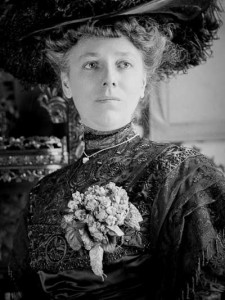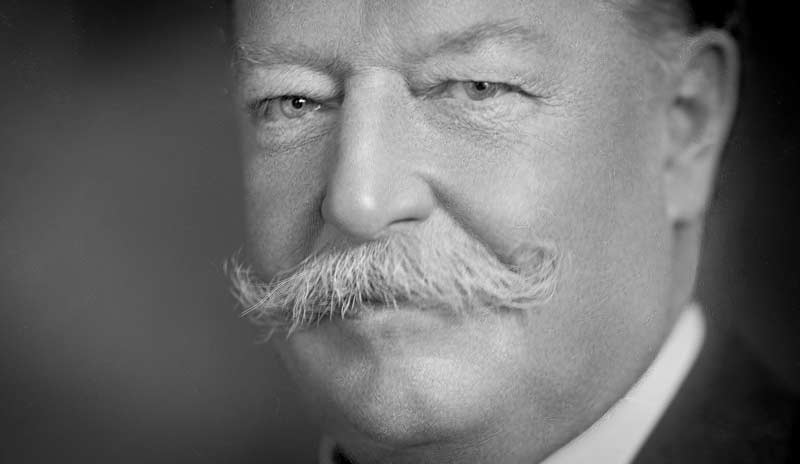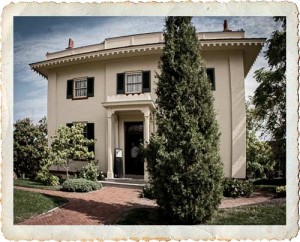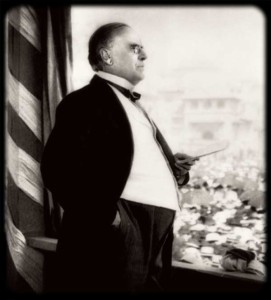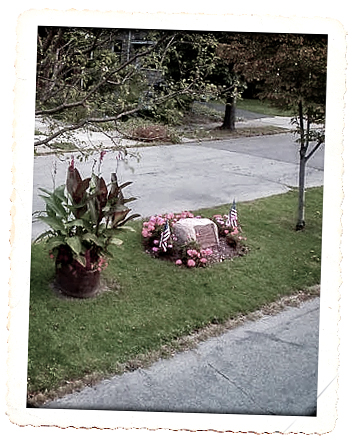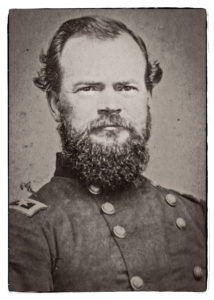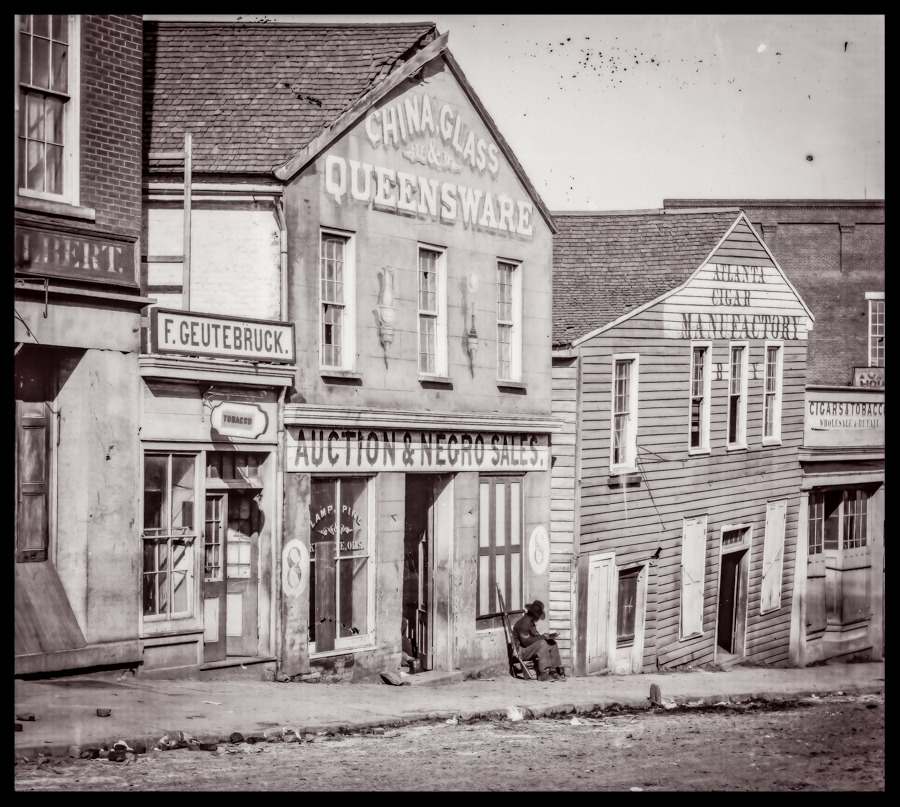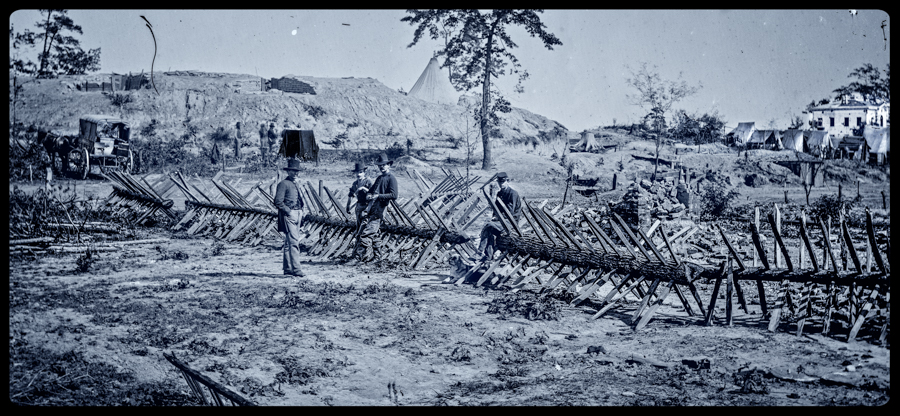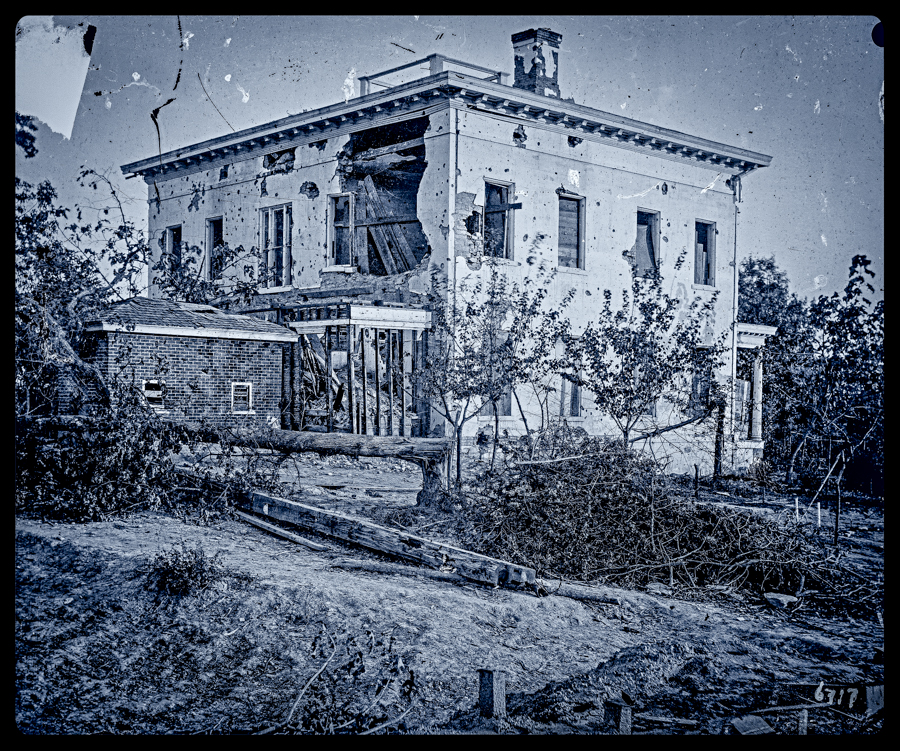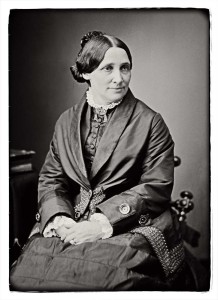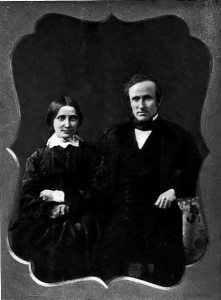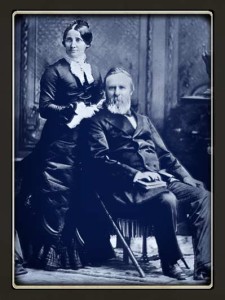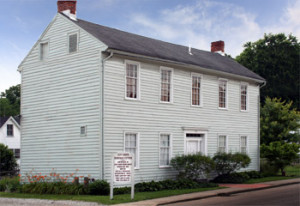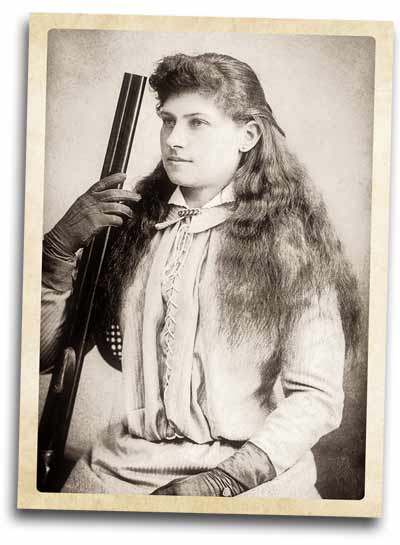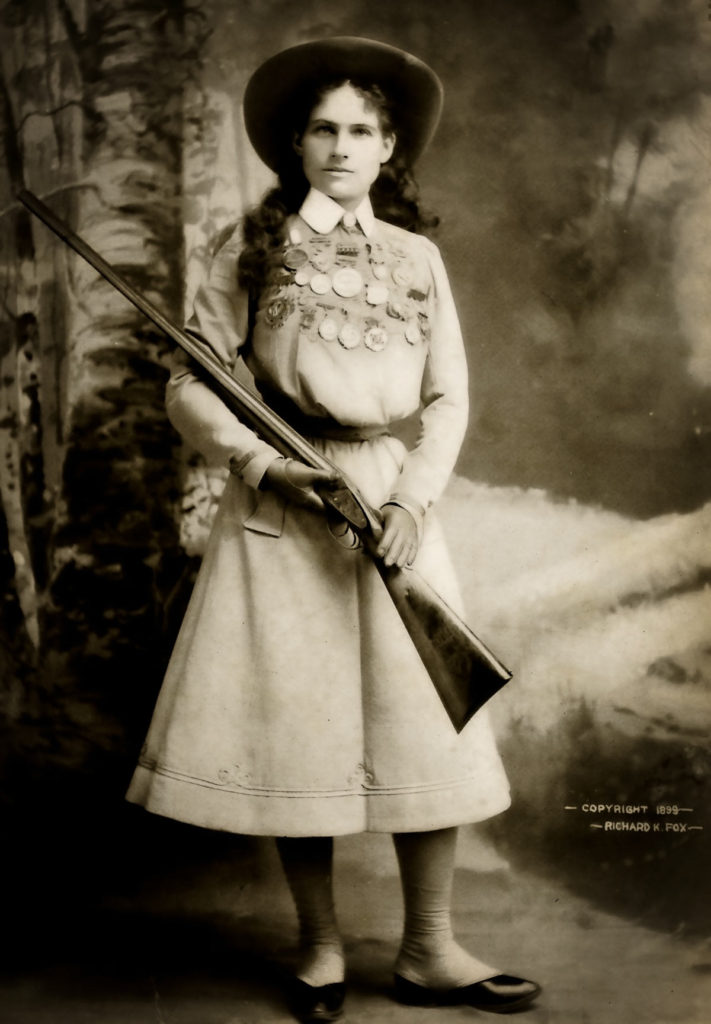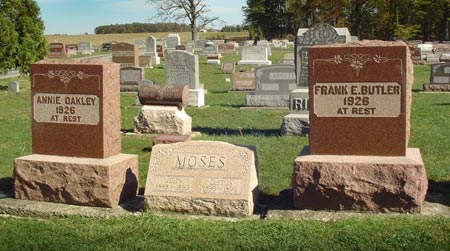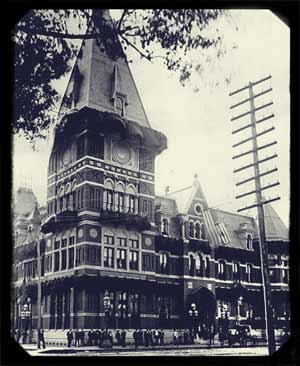
On this day in 1881, Ohio born James A. Garfield died as the results of two gunshot wounds he received back on July 2, 1881 as the President was making his way through the Baltimore and Potomac Railroad Terminal in Washington D.C. Here, Charles J. Guiteau, a crazy person who had been stalking the President because the President had not given him a government job.

As President Garfield entered the station on that Saturday morning, Guiteau stepped forward. He raised the weapon and fired the first shot which grazed the President’s right arm. Garfield cried out “My God, what is this?” and began to turn toward where the shot had come. Guiteau fired again striking the president in his back near the first lumbar vertebra but missing the spinal cord. Garfield collapsed on the dirty depot floor. For a moment the room was still and then it erupted in screams. beginning a never ending series of events that would ultimately cost the president his life.
From that moment on, the President’s life would be in the hands of a host of doctors, some of whom were almost by any standards incompetent, even by 1881 standards. This fact would later be brought out in Guiteau’s trial that it wasn’t him that killed the President, it was his doctors.
From the time of the shooting till the time of his death, some 12 different doctors poked and prodded Garfield’s into his wounds. Although in much of Europe the idea of bacteria and the infections that can come from bacteria was accepted medical knowledge, in the United States, the medical professional rejected this notion and ignored those precautions recommended to prevent bacterial infections.

In early September, Garfield was moved from the sweltering heat of Washington D.C. to Long Branch, NJ in hopes that the cooler temperatures might be beneficial. The improved environment found at the Jersey Shores may have benefited Garfield’s mental conditions, they did not improve his overall health. In fact, the bacterial infection in the President’s wound was slowly destroying him and at 10:35 P.M. Dr. D.W. Bliss confirmed the President had died. The 49 year old president died from a bacterial infection that spread to his blood. He had gone from over 200 pounds to just 135 at the time of his death.

It had been 16 years since the assassination of President Lincoln but in those years presidential security had not changed.That issue would not be addressed until after the assassination of another Ohio president, William McKinley who died just 4 days short being exactly 20 years from today, the day James A. Garfield died.

